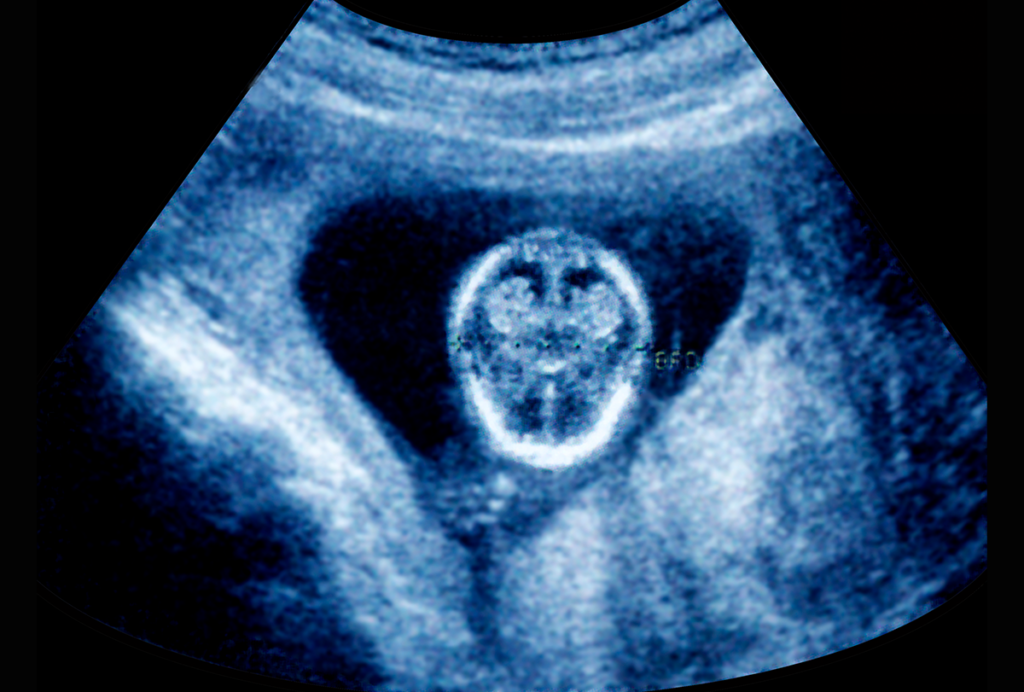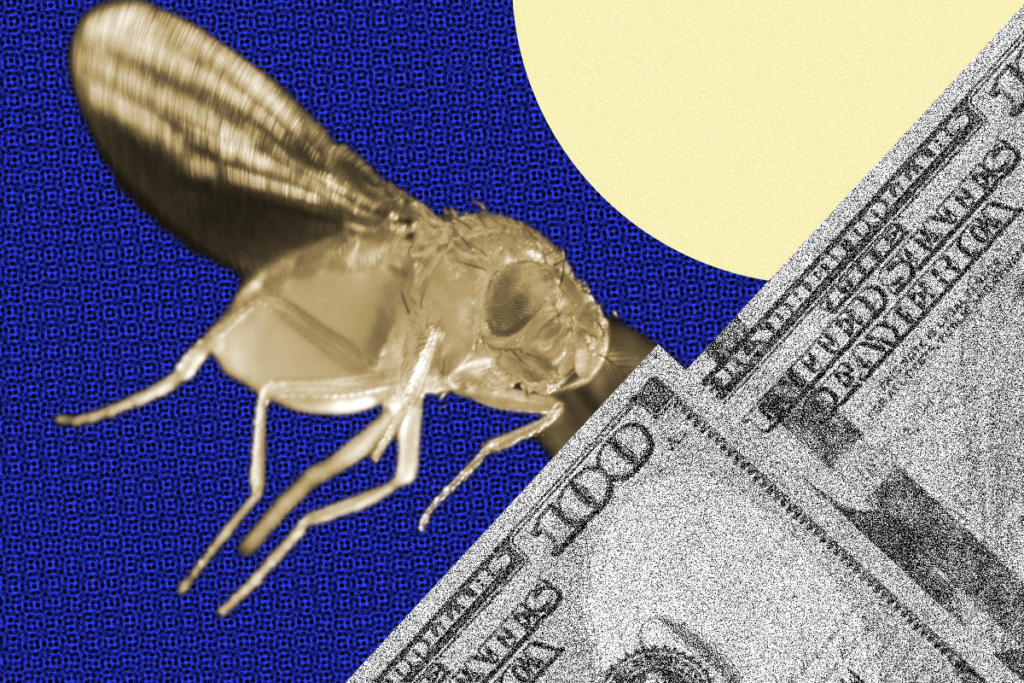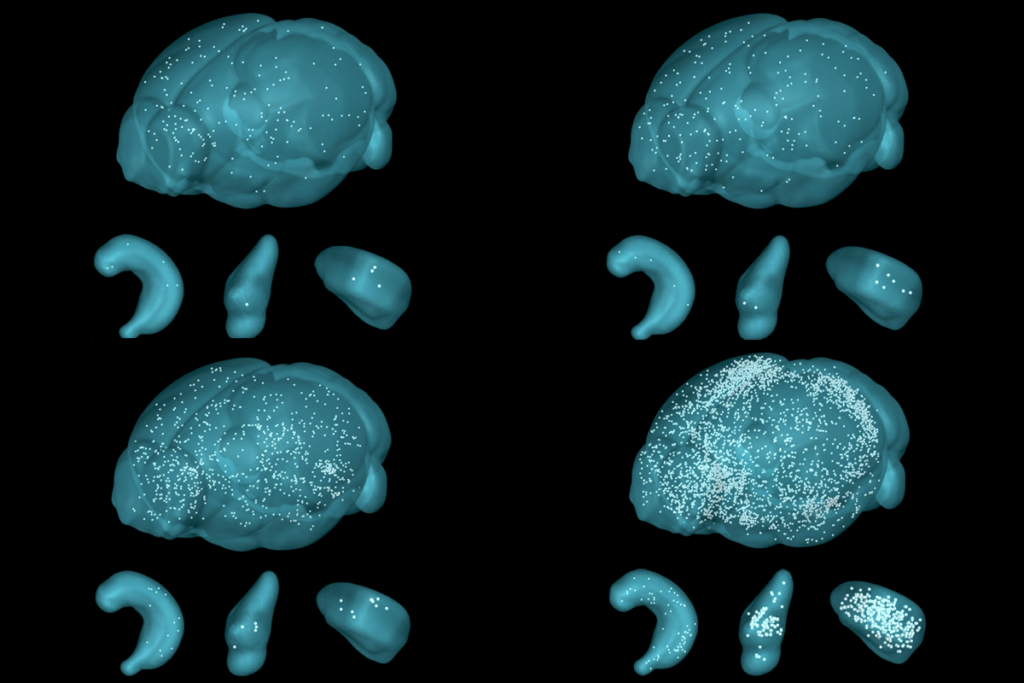New numbers; film flub; diversity deficiency
Researchers get bold on autism screening, talking to reporters about science shouldn’t be scary, and parents are divided on gene-editing ethics.
- After ticking up since 2000, the rate of autism among 8-year-olds in the U.S. may be leveling off.
One in 68 school-age children have autism, according to data released yesterday by the U.S. Centers for Disease Control and Prevention (CDC). The same rate was reported in 2014, marking a possible plateau in autism prevalence.
The CDC cautions, however, that it’s too soon to tell whether the rate is truly stabilizing. Late last year, the agency reported that 1 in 45 children have autism, based on a different surveillance method. Prevalence also varies dramatically between states, with New Jersey reporting a rate of 1 in 41 compared with Maryland’s 1 in 123.
- First it was on, then it was off. Now it’s back on again.
“Vaxxed: From Cover-Up to Catastrophe,” a film directed by the disbarred doctor Andrew Wakefield, will debut today at New York City’s Angelika Theater.
It’s not the venue the film’s makers had hoped for. “Vaxxed” was slated to premier at the prestigious Tribeca Film Festival, co-founded by actor Robert de Niro, who says he has a son with autism. Responding to backlash about the film’s dangerous message — that U.S. health officials have hidden the link between vaccines and autism — de Niro originally said he believed “it is critical that all of the issues surrounding the causes of autism be openly discussed and examined.”
Thankfully, he backtracked a day later and pulled the film from the festival lineup.
“My intent in screening this film was to provide an opportunity for conversation around an issue that is deeply personal to me and my family,” the actor said in a statement. “But after reviewing it over the past few days with the Tribeca Film Festival team and others from the scientific community, we do not believe it contributes to or furthers the discussion I had hoped for.”
But alas, the Angelika Theater — just a short walk from the Tribeca Film Festival Hub — plans to screen “Vaxxed” 14 times in the next 48 hours. Wakefield, the discredited scientist behind the anti-vaccine movement, will be there for a Q&A after tonight and tomorrow’s 8 p.m. shows, which are already sold out.
- Autism affects individuals of all races and ethnicities, but white people make up a sizeable majority of participants in autism studies.
An article in this week’s Forbes digs into this diversity dearth. It centers on a study published earlier this month in the Journal of Special Education, which showed that few autism studies even disclose participants’ race or ethnicity. Among those that do, 63.5 percent of participants are white. This homogeneity poses a problem when researchers try to move tests or interventions from clinics into culturally diverse communities — particularly those in which most people speak languages other than English.
The article offers a few possible explanations for the imbalance. White children often have better access to healthcare and be diagnosed with autism earlier than minority children. Low-income families from diverse ethnic and cultural backgrounds may also have difficulty participating in studies because of the time and resources involved. But neither reason should stop autism researchers from trying to reach minority children, Elizabeth West, associate professor of special education at the University of Washington and lead researcher on the new study tells Forbes.
“We think that if we do a better job of being more culturally responsive in reaching out in more appropriate ways to communities, we’ll be able to partner and have more diverse participants represented in our studies,” she says.
- Clinicians can reliably spot autism in children as young as 2. But many people live well into adulthood before receiving a diagnosis.
Better late than never, according to a short NPR piece this week. The piece features interviews with three adults, who felt “relieved,” “emotional” and “pure joy” upon learning their new diagnosis.
“So much of my life had always been such a mystery, but I had a real answer now,” says Emily Paige Ballou, 33, who later “bought a bottle of wine to celebrate.”
“Finally, after 25 years of living on this planet, I finally made sense to myself,” says Sam Harvey, 25, whose parents accompanied him to the appointment. “We went to Olive Garden to celebrate.”
- A cheeky story in Wired this week profiles the nameless mouse whose brain (or a tiny chunk of it) is the focus of a new Nature study.
“Once upon a time, there was a little black mouse,” the story begins. “When he was nine months old, he died.”
The mouse died so that researchers could map the myriad neuronal connections in a speck of its brain, with hopes of illuminating how the human brain is wired. The results are impressive, and the images spectacular. But let’s get back to the mouse.
“I won’t give its name,” study author Clay Reid, a neurobiologist at Harvard, told Wired, referring to the heroic rodent only as “the one.”
Recommended reading

Gene-activity map of developing brain reveals new clues about autism’s sex bias

Parsing phenotypes in people with shared autism-linked variants; and more

Boosting SCN2A expression reduces seizures in mice
Explore more from The Transmitter

Fly database secures funding for another year, but future remains in flux

Diving in with Nachum Ulanovsky
